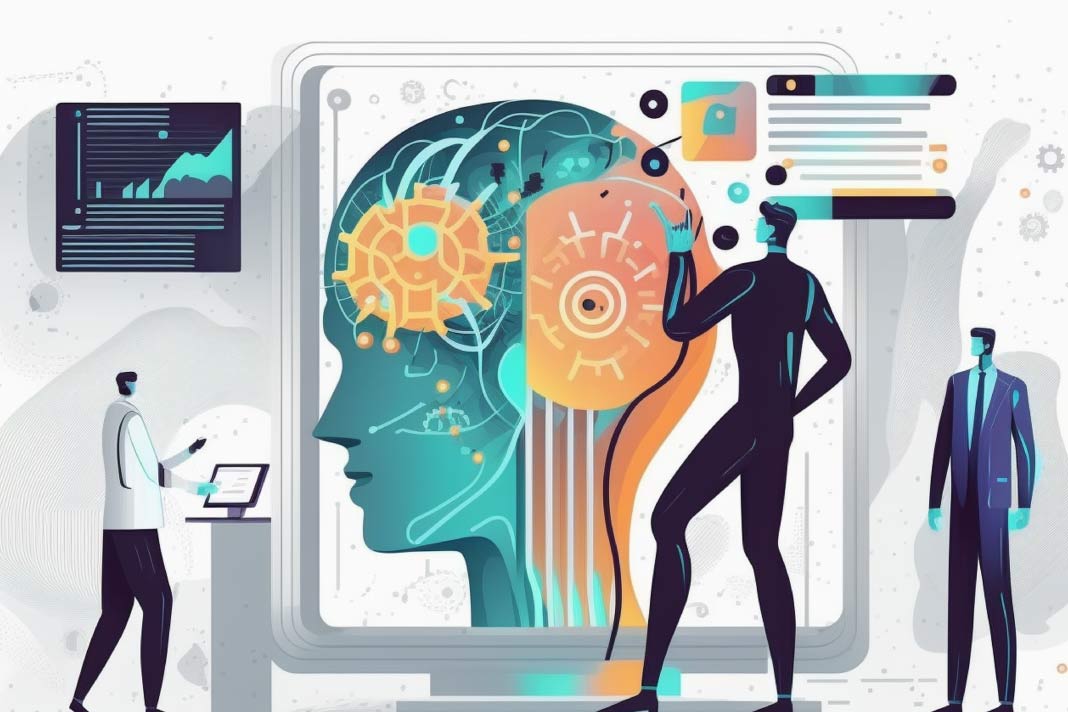Conditional generation is a technique that lets you control AI outputs with specific constraints. Learn about its applications, challenges, and the exciting future it holds!
Imagine a world where artificial intelligence doesn’t just mimic but creates, where an algorithm can generate text, images, music, or even code tailored to your needs. This transformative power lies in the heart of conditional generation, a technique that injects purpose and control into the creative process of AI.
What is a conditional generation?
In its simplest form, conditional generation involves feeding an AI model specific instructions or constraints alongside the usual data it processes. These conditions act like guideposts, shaping the AI’s output towards a desired outcome. Instead of producing random results, the model learns to tailor its creations to meet the specified criteria.
Think of it like this: Imagine training an artist on a vast collection of paintings. Unconditionally, the artist might paint whatever inspires them. But with the conditional generation, you could provide a specific style (impressionism, surrealism), subject matter (a portrait, a landscape), or even an emotional tone (joy, sadness). Now armed with these constraints, the artist would still be creative, but your specific instructions would distinctly influence their output.
Also Read: Explained: AI Alignment
Applications of conditional generation
The potential applications of this technology are vast and diverse, spanning various fields:
- Creative writing: Imagine AI-powered writing assistants that generate poems, scripts, or entire novels based on your desired genre, theme, and style.
- Image generation: Create customized artwork, product designs, or photorealistic images to match your needs.
- Music composition: Compose unique melodies in different genres moods, or even incorporate specific instruments you desire.
- Code generation: Generate snippets of code based on specific functionalities or integrate AI-written code into your projects.
- Data synthesis: Create realistic and diverse datasets for training other AI models or conducting research in various fields.
- Personalized marketing: Generate targeted marketing messages tailored to individual customer profiles and preferences.
Also Read: Explained: Composite AI
How does it work?
Different approaches to implementing conditional generation depend on the generated data type and the specific constraints. Here are two common methods:
- Incorporating conditions into the model’s architecture: During training, the model is explicitly fed the conditional information alongside the usual data. This information can be encoded differently, such as additional input layers, attention mechanisms, or specialized modules within the model’s architecture.
- Post-processing the generated output: The model generates outputs independently and then filters or refines them based on the specified conditions. This approach is often used for tasks like image generation, where specific criteria like color palettes or object types can be enforced after the image is created.
Challenges and considerations
Despite its immense potential, conditional generation also comes with its own set of challenges:
- Data bias: Just like any AI model, conditional generation algorithms can perpetuate biases in the data they are trained on. It’s crucial to ensure diversity and fairness in the training data to avoid biased outputs.
- Interpretability: Understanding how specific conditions influence the output can be challenging, making debugging or controlling the generation process difficult.
- Ethical considerations: The ability to generate highly realistic and personalized content raises ethical concerns about potential misuse, such as deepfakes or manipulative marketing.
The future of conditional generation
As research and development continue, we expect even more sophisticated and powerful conditional generation techniques to emerge. These advancements will likely lead to:
- More nuanced control: Users will have finer-grained control over the creative process, specifying intricate details and styles with greater ease.
- Multi-modal generation: Combining different modalities, such as text, images, and sound, will create more immersive and interactive experiences.
- Explainable AI: Models will become better at explaining their reasoning behind generated outputs, fostering trust and transparency.
Also Read: Top AI Chatbots for Every Need
Conditional generation represents a significant leap forward in AI, blurring the lines between human creativity and machine intelligence. By harnessing the power of this technology responsibly and ethically, we can unlock a future filled with personalized, innovative, and imaginative creations shaped by human and machine minds working in harmony.



